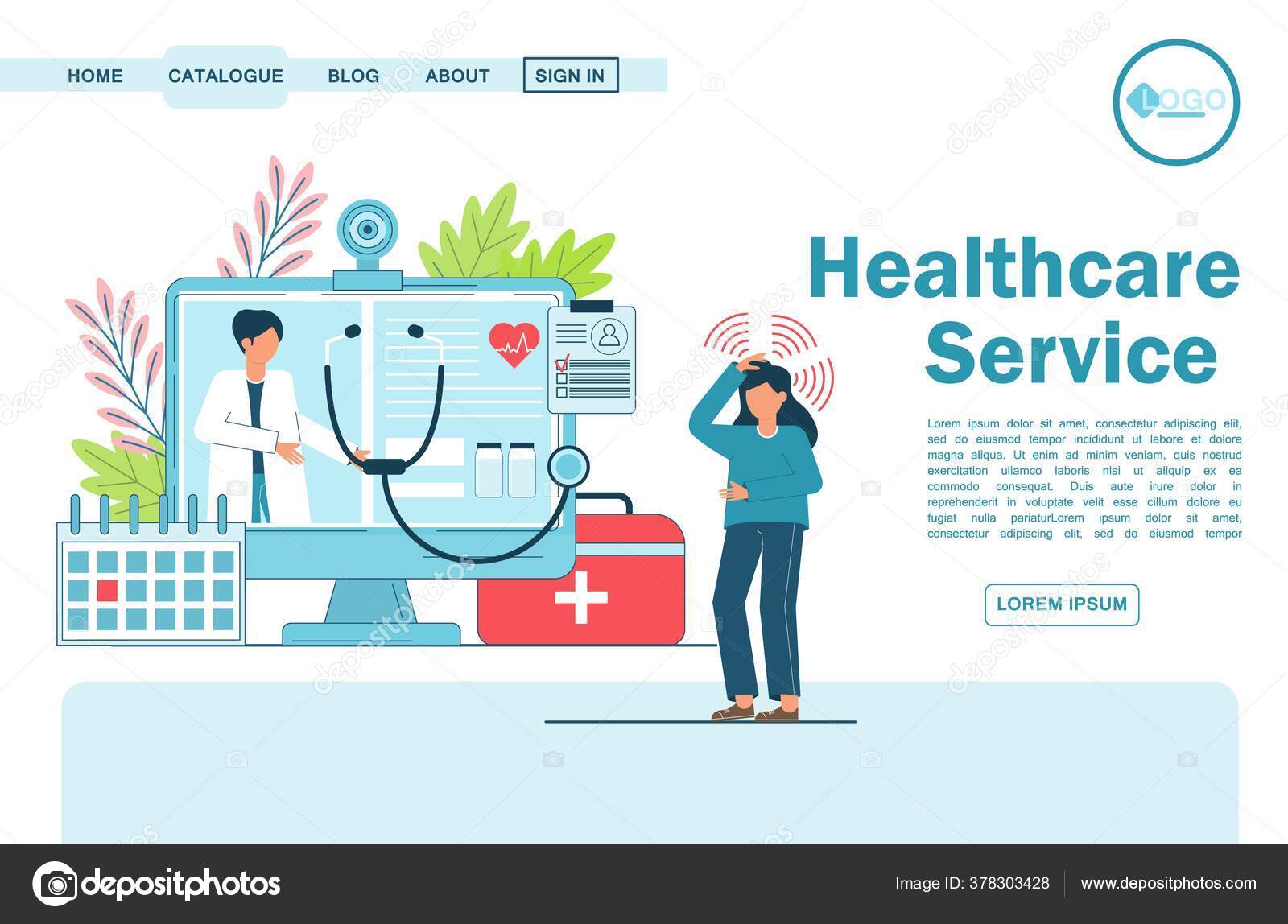Comprehending the Price Savings of Subscription Based Healthcare for Families
Comprehending the Price Savings of Subscription Based Healthcare for Families
Blog Article
Recognizing the Cost-Effectiveness of Subscription-Based Healthcare Models
As the health care landscape evolves, subscription-based versions become an engaging option, assuring to redefine just how individuals take care of medical costs. Reviewing these models' cost-effectiveness requires a nuanced contrast with typical insurance coverage, taking into consideration both financial ramifications and person contentment. While they offer transparency and predictability in costs, concerns stay regarding their capacity to fulfill diverse health care needs, specifically for specialized therapies. The viewpoints of healthcare carriers further complicate this equation, providing a diverse obstacle. What does the future hold for these models, and can they really provide on their guarantee of available, budget-friendly treatment?
Review of Subscription-Based Versions
Subscription-based medical care versions, occasionally described as direct main care or attendant medication, are progressively acquiring interest as a potential solution to inadequacies within standard health care systems. These models run on the principle of offering patients direct access to doctor via a annual or monthly cost, bypassing the requirement for traditional insurance policy systems. This arrangement aims to simplify patient-provider communications by decreasing management concerns, which frequently prevent individualized and prompt care.
At the core of subscription-based versions is the emphasis on a more individualized patient experience. People gain from enhanced accessibility to their medical professionals, frequently including next-day or same-day consultations, extended assessment times, and direct communication channels such as phone or video clip calls. This version fosters a positive approach to healthcare, where service providers and people can collaboratively focus on preventative care and persistent illness monitoring.

Price Contrast With Traditional Insurance Coverage

One of the key economic benefits of membership models is transparency in prices. Alternatively, standard insurance coverage may be much more beneficial for individuals calling for specialized care or expensive therapies not covered under a membership design, as they benefit from the more comprehensive protection network and cost-sharing devices.
Nonetheless, cost-effectiveness is context-dependent. While subscription models could provide savings for those mostly requiring medical care, people with chronic problems or specialized health care demands may locate conventional insurance policy extra detailed. For that reason, reviewing particular health care needs and potential usage is crucial in establishing the most affordable alternative for individuals.
Effect on Person Contentment
Patient complete satisfaction within subscription-based health care versions often reflects a considerable renovation over standard insurance policy systems. This improvement is primarily attributed to the customized care and availability these versions supply. Patients frequently report greater complete satisfaction as a result of lowered delay times and the convenience of organizing consultations. Unlike traditional systems, where patients might experience hold-ups in receiving treatment, subscription-based versions make certain even more prompt and direct interactions with healthcare carriers.
In addition, the transparency in prices related to subscription-based healthcare relieves the common disappointments connected to unexpected costs and complicated invoicing processes seen in typical insurance coverage (subscription based healthcare). Clients value understanding the exact economic commitment upfront, bring about boosted count on and confidence in their medical care management
In addition, the emphasis on preventative care and health in subscription versions contributes to boosted wellness outcomes, better improving person fulfillment. By concentrating on continuous health care as opposed to anecdotal care, clients experience an even more holistic and constant medical care journey.
Moreover, the enhanced provider-patient connection cultivated in these designs, characterized by more time invested per patient and individualized focus, plays an important duty in elevating client contentment levels, as patients really feel genuinely cared for and comprehended.
Carrier Viewpoints and Experiences
From the service provider's perspective, subscription-based medical care models use a transformative method to delivering medical solutions. These designs emphasize a preventative and aggressive medical care technique, enabling providers to concentrate on detailed individual treatment without the more helpful hints restrictions of standard fee-for-service setups (subscription based healthcare). This shift in focus frequently results in improved patient outcomes and increased service provider complete satisfaction, as health care experts can assign even more time and sources to patient engagement and individualized treatment strategies
Furthermore, membership models facilitate foreseeable earnings streams, which improve monetary stability for doctor. This predictability enables boosted source planning and allocation, adding to a much more effective medical care delivery system. Companies can spend in personnel modern technology, facilities, and training improvements, therefore enhancing the quality of treatment supplied.
Nevertheless, the transition to subscription-based versions is not without challenges. Service providers have to adapt to brand-new operational structures, which can involve considerable adjustments in invoicing practices and individual monitoring systems. Furthermore, there is an inherent need for durable data administration to track patient results and ensure high quality treatment. Despite these difficulties, numerous companies locate that the benefits of enhanced person interaction and streamlined procedures surpass the initial difficulties, making subscription-based versions an attractive choice.
Future Leads and Challenges

A key obstacle is regulatory compliance, as subscription versions have to stick to developing healthcare plans and insurance policy demands. This necessitates continual adjustment and development to ensure placement with lawful requirements. Additionally, incorporating these designs into existing medical care facilities can be complex, needing significant financial investments in innovation and training.
There is also the prospective risk of developing inequities in medical care gain access to, as subscription designs might prefer those who can afford them, leaving vulnerable populations underserved. Resolving this needs thoughtful factor to consider of prices strategies and aid mechanisms to make sure inclusivity.
Verdict
Subscription-based health care versions provide a sensible alternative to standard insurance by using financial predictability and transparency, specifically benefiting people with persistent conditions or regular medical care needs. The cost-effectiveness of these designs rests upon individual health care use patterns and conditions. While they may improve client complete satisfaction and streamline budgeting, difficulties stay in resolving specialized care needs. Future factors to consider consist of stabilizing extensive protection with price and incorporating these designs within the more comprehensive healthcare system for optimal results.
Subscription-based health care designs, often referred to as straight key treatment or concierge medication, are significantly obtaining focus as a possible remedy to inefficiencies within typical medical care systems. Unlike standard systems, where clients could experience delays in obtaining care, subscription-based versions guarantee even try here more direct and prompt communications with healthcare companies.
These models highlight a aggressive and preventative medical care strategy, permitting suppliers to focus on comprehensive person treatment without the constraints of standard fee-for-service plans. As these models proceed to get traction, they supply the prospective to revolutionize person access to care, streamline solution delivery, and maximize healthcare spending.Subscription-based healthcare versions present a viable option to traditional insurance policy by providing economic predictability and transparency, specifically her latest blog benefiting people with chronic problems or frequent medical care requirements.
Report this page